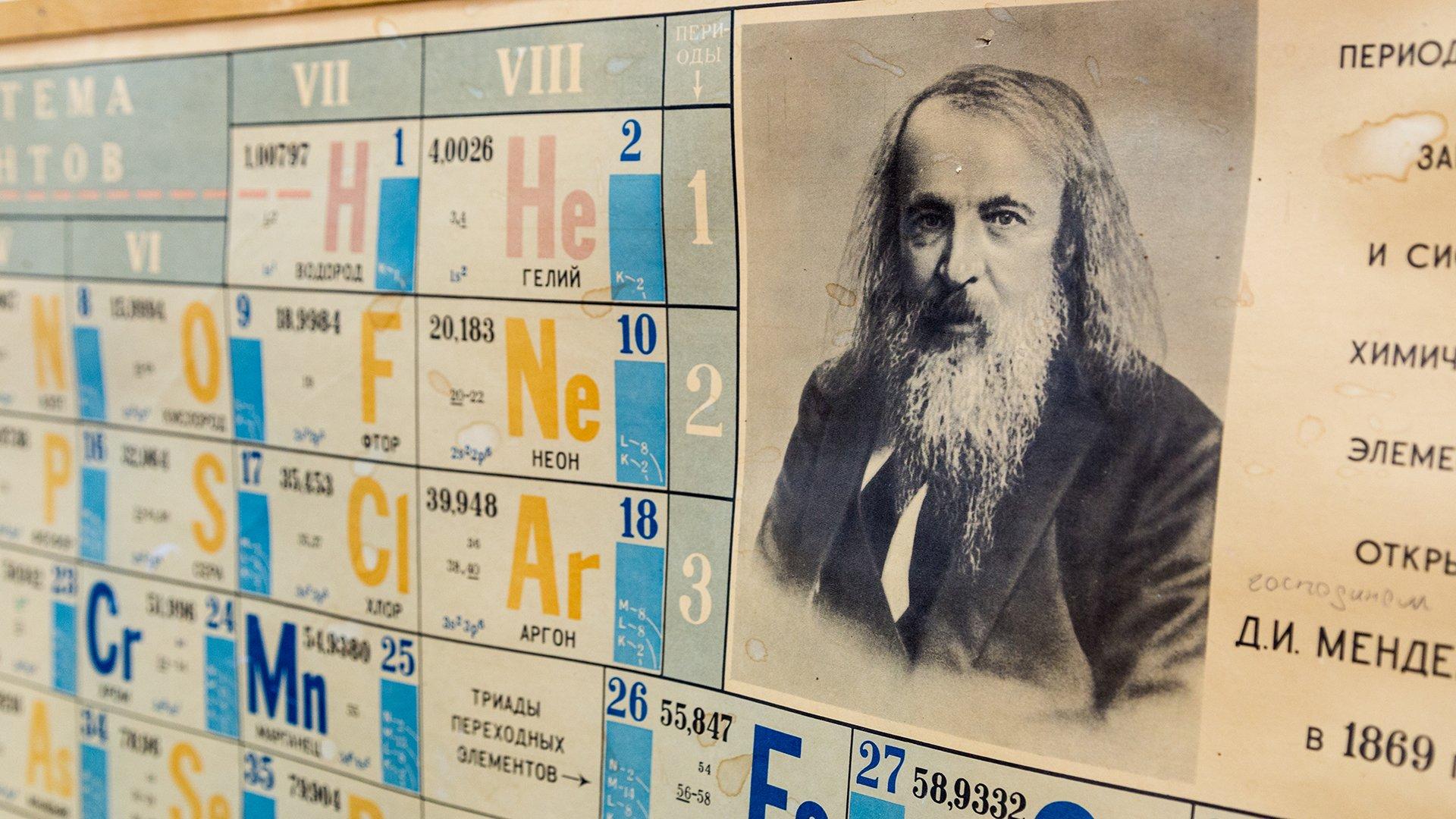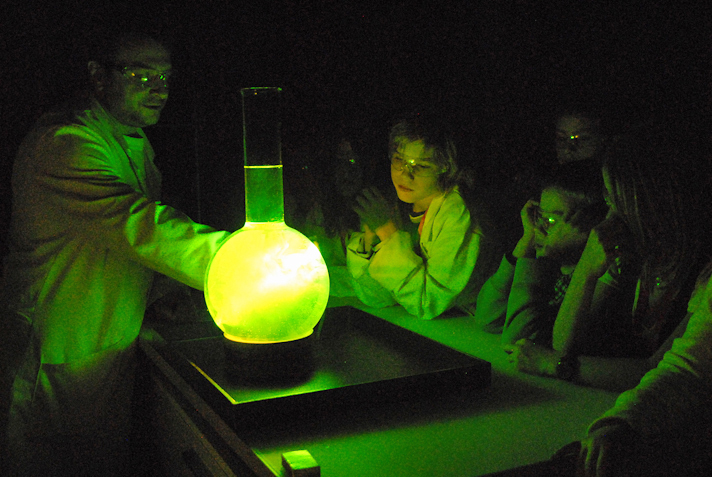When Swiss chemists were in their element

Gadolinium, holmium and ytterbium. What are they and, for a bonus point, what have they got in common? On the 150th anniversary of the publication of the periodic table, we look at the properties and uses of the table’s three elements that were discovered by Swiss scientists.
On March 6, 1869, Dmitri Mendeleev presented his system of classifying the 63 known chemical elements to the Russian Chemical Society. As you will remember from your school days, the 118 elements todayExternal link are arranged by atomic number, electron configuration and recurring chemical properties.
However, for around 50 years certain elements were left off the table because they either were not pure enough or couldn’t be identified. Many of these were rare-earth elements (lanthanides), including the three “Swiss” elements.
Jean-Charles Galissard de Marignac, who taught chemistry at the Geneva Academy (since 1873 the University of Geneva), will be remembered for discovering ytterbium (Yb) in 1878 and gadolinium (Gd) in 1880. He also accurately calculated the atomic weight of many elements. For his efforts, he was awarded the prestigious Davy MedalExternal link in 1886, which had been given to Mendeleev four years earlier.
In 1878, two of de Marignac’s students, Jacques-Louis Soret and Marc Delafontaine, discovered holmium (Ho). Independently and at the same time, Swedish scientist Per Teodor Cleve discovered, isolated and described it.
Let’s examine gadoliniumExternal link, holmiumExternal link and ytterbiumExternal link closer:

For all three elements, the top three producers are China, Russia and Malaysia and the top three reserve holders are China, the CIS countriesExternal link (including Russia) and the US.

In compliance with the JTI standards
More: SWI swissinfo.ch certified by the Journalism Trust Initiative














You can find an overview of ongoing debates with our journalists here . Please join us!
If you want to start a conversation about a topic raised in this article or want to report factual errors, email us at english@swissinfo.ch.